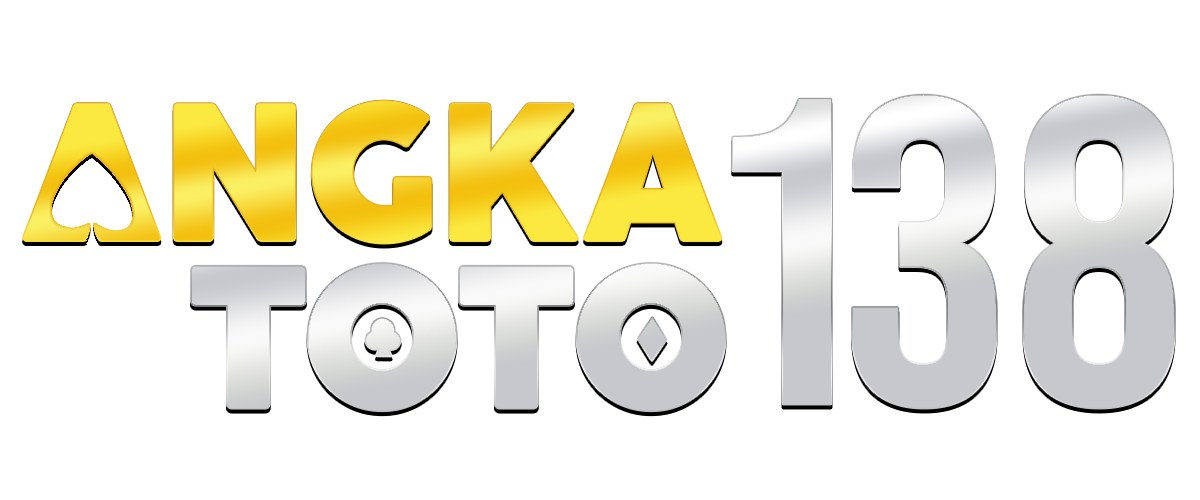3.1 Juta Orang Telah Merasakan Jackpot Dalam 24 Jam Terakhir!
Price:Rp 88,888
ANGKATOTO : Operator Bandar Slot Mahjong Ways Bet 5000 Pasti Jackpot Hari Ini
Bandar Slot adalah situs slot terpercaya dengan pilihan slot 5000 yang populer, termasuk Mahjong Ways bet 5000 yang terkenal mudah jackpot. Sebagai platform slot resmi, tampilannya ringan, cepat, dan anti nawala sehingga nyaman diakses kapan saja. Rasakan sensasi bermain yang stabil dan peluang menang besar.
Star Seller
Star Sellers have an outstanding track record for providing a great customer experience – they consistently earned 5-star reviews, dispatched orders on time, and replied quickly to any messages they received.
Star Seller. This seller consistently earned 5-star reviews, dispatched on time, and replied quickly to any messages they received.



